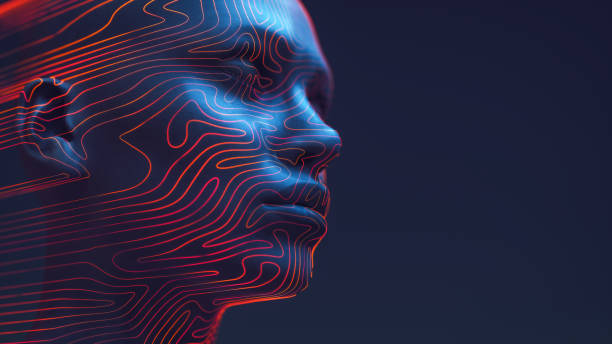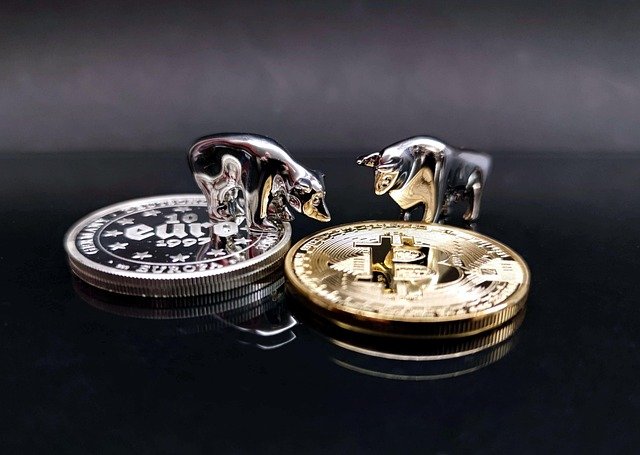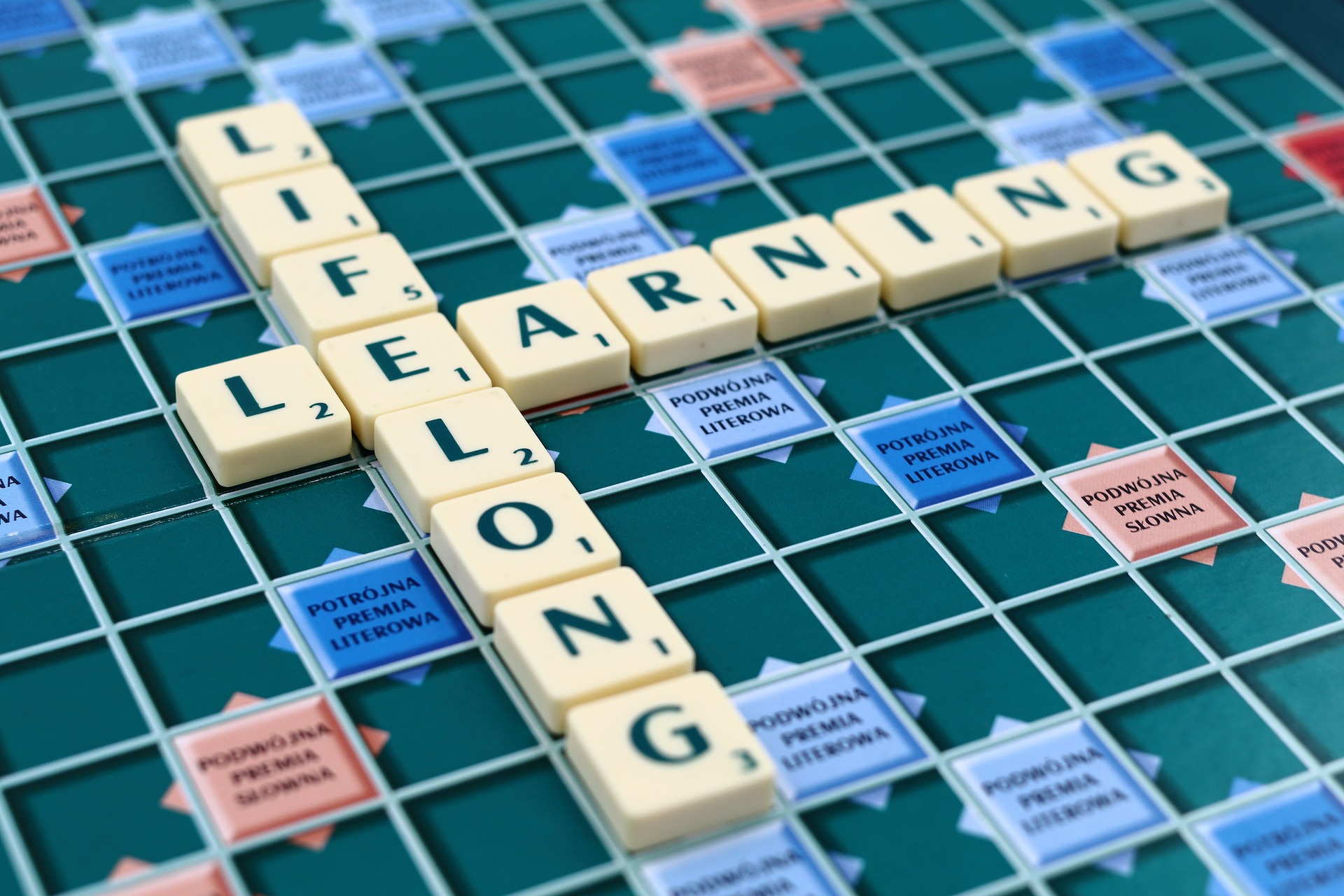Transcending Boundaries: The Upward Trajectory of Virtual Reality in Art
Introduction: In a world where technology is always evolving, an unexpected fusion has emerged: virtual reality and the arts. This article delves into VR's historical context in the art world, its current developments, and the impact it has on how we perceive and interact with art.

VR and Art: A Historical Walkthrough
Virtual Reality (VR) has its roots in the mid-20th century, with the first VR headset invented in the 1960s. However, it didn’t make a significant mark in the art industry until the late 90s. VR became an innovative medium for artists to challenge traditional art norms and create immersive experiences that transcend physical limitations. The early 2000s saw the advent of VR installations in art galleries and museums, giving viewers a new way to engage with art.
The Current VR Landscape in the Art World
Fast forward to the present day, and VR has become an integral part of the global art scene. From international art fairs to local galleries, VR artworks are gaining increasing recognition. The VR art market is also growing, with VR artworks selling for hundreds of thousands of dollars at auctions.
In addition, VR’s potential is being recognized in art education, with several art schools incorporating VR into their curriculum. It allows students to create art in a three-dimensional space, offering a whole new approach to artistic creation and expression.
The Impact of VR on the Art Industry
The impact of VR on the art industry is multifaceted. For artists, VR offers a new medium to express their creativity. They can create interactive, immersive experiences that challenge viewers’ perception of reality.
For viewers, VR provides a unique experience that goes beyond passive observation. It allows them to engage with artworks in a way that was previously impossible, offering a deeper understanding and appreciation of the artwork.
VR’s Reception in the Art Community
The reception of VR in the art community has been largely positive. Critics praise VR for its potential to democratize art, making it more accessible to a wider audience. However, like any new technology, VR also faces criticism. Some critics argue that VR may detract from the traditional art experience, while others worry about the high costs of VR technology.
Regardless of these criticisms, it’s clear that VR has made a significant mark on the art industry and will continue to shape its future.
Looking Ahead: The Future of VR in Art
With advancements in technology, the possibilities for VR in art are endless. We can expect to see more VR installations in galleries and museums, more VR artworks at auctions, and more art schools incorporating VR into their curriculum.
In the future, VR could also offer opportunities for remote viewing of art exhibitions, allowing people to experience art from anywhere in the world. This could revolutionize the art industry, making art more accessible than ever before.
In conclusion, the fusion of VR and art is an exciting development that’s pushing the boundaries of artistic expression. As we move forward, VR will undoubtedly continue to play an integral role in the evolution of the art industry.





